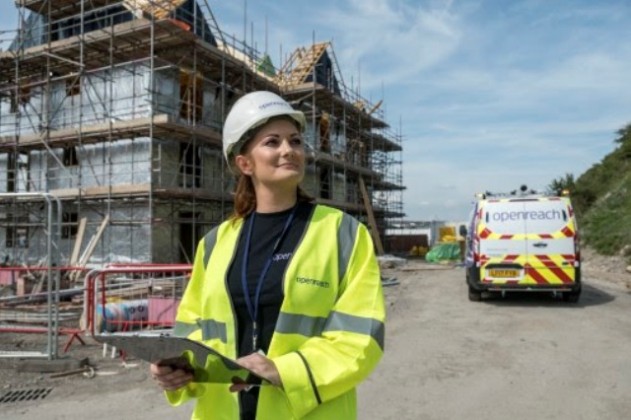The latest ITU statistics shows that the global broadband adoption among homes has started slowing down.
 Growth in households with internet access at home was flat between 2018 and 2017 — growing at 8.9 percent over the previous year.
Growth in households with internet access at home was flat between 2018 and 2017 — growing at 8.9 percent over the previous year.
Growth slowed in Least Developed Countries, at 17.5 percent growth in 2018 versus 19.1 percent growth in 2017.
Household internet adoption in low-income countries has improved by 0.8 percent. Global growth of individuals using the internet slowed in 2018.
International internet bandwidth prices for IP transit have dropped at 27 percent CAGR from 2015 to 2018. The price of mobile broadband plans has fallen, particularly in developing countries.
The price of internet-enabled smartphones has not significantly fallen and it is one of the key barriers to mobile ownership and mobile internet adoption in low- and middle-income countries.
Facebook’s monthly active user community reached over 2.3 billion, with over 1.5 billion people logging into Facebook daily; Google has over 1.5 billion active users for its email product (Gmail); and China’s WeChat has more than 1 billion active monthly users as of March 2019.
Global telecom capital investment — not including Opex — stood at $354 billion in 2016, an increase of 4 percent from $340 billion in 2014.
Capex growth is driven by increase in emerging countries which have increased internet user bases and demand for data consumption. Some $23.5 billion of investment occurred in low and middle-income economies.
Capex dropped by $10 billion in high income countries. Mobile operators will invest around $1.3 trillion worldwide in mobile Capex between 2019 and 2025. More than 75 percent of this will be spent on 5G networks.
Online service providers are fast becoming major investors in digital infrastructure, with over $75 billion spent each year on data centres, submarine cables and other facilities from 2014-17 – double the 2011-13 average.
There are over 400 active undersea cables, comprising 1.2 million kilometres of fibre carrying approximately 99 percent of total internet traffic. Total international internet bandwidth has grown more than six-fold in less than a decade (2008 – 2016), rising from 30Tbps to 185 Tbps in 2016.
There are over 4,980 satellites orbiting the earth; 775 of these are used primarily for communications. The number of new satellites launched into space in the past two years alone has been at an all-time high, with 453 in 2017, and 382 in 2018.





